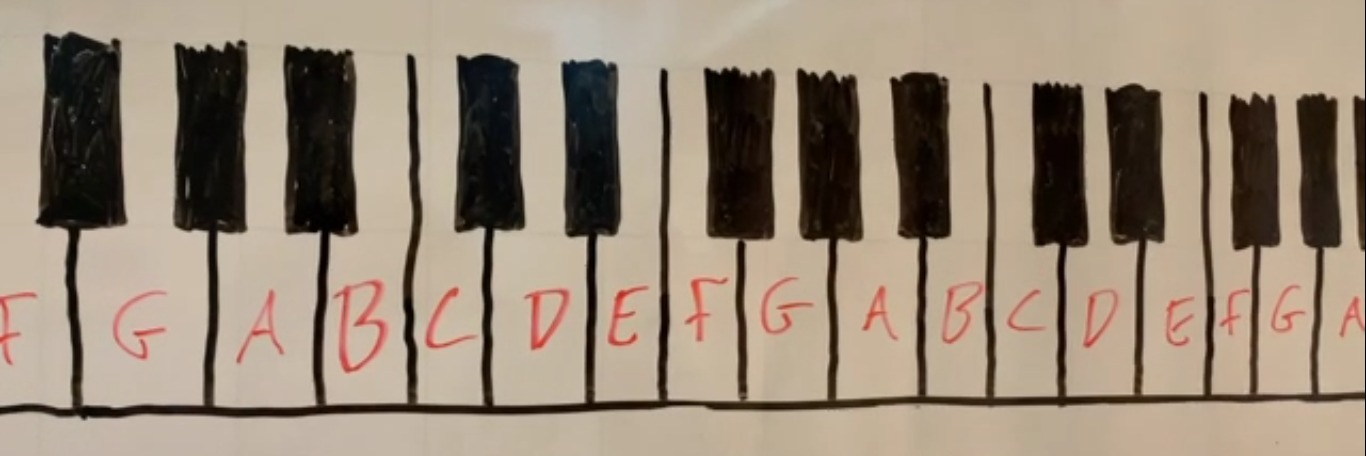The Guitar Scales & Solos Package
Preview
How to buy
Click here for our storeTopics Covered:
Understanding Scale Theory
- A Note
- The 12 Notes of Music
- Natural Notes
- Sharps & Flats
- The Chromatic Scale
- Scales
- Key Signatures
- The Pentatonic Scale
Playing Scales
- Holding the Pick & Picking
- Tableture (Tabs)
- Chord Charts
- Scale Charts
- The Notes on a Guitar
- The G Major Pentatonic Scale
- The C Major Pentatonic Scale
- Wrist Positioning
- The Major Scale & Minor Scale
- Alternating Picking
Soloing Techniques
- Staccato Notes
- Bends
- Slides
- Hammer Ons
- Pull Offs
- Basic Riffs
- Dual String Solos
Improvisation
- Beats, Measures, & Phrases
- Resolving
- Timing Options like whole half 1/4 1/8 or 1/16
- Pentatonic On Beat any way they want but resolve on 1st beat 1st measure
- Add Riffs
- Improv Guidelines & Backing Tracks
- The Low, Medium, and High Positions
The Entire Fret Board
For Every Key Signature
With Only 3 Easy Patterns
- The Full Red
- The Red & Blue Scales
- The Red, Green, & Blue Scales
- Switching Patterns
- Changing Keys
Advanced Solo Techniques
- Ascending Hammer Ons
- Descending Pull Offs
- Triplets
- Tapping (Taps)
- String Muting
Putting It All Together
What is in the package & why it is so cheap.
Preview:
Holding the Pick & Picking
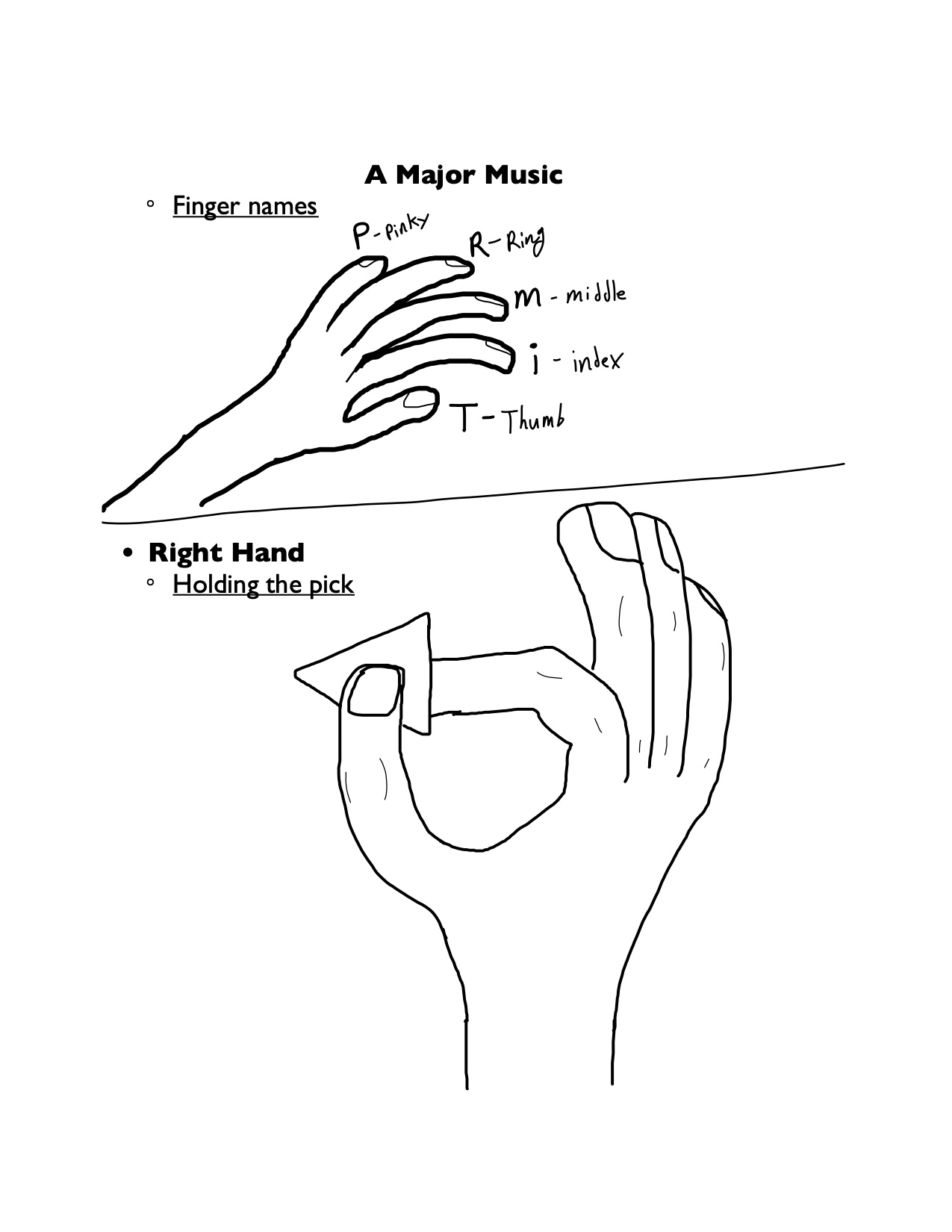


Tableture (Tabs)

Chord Charts

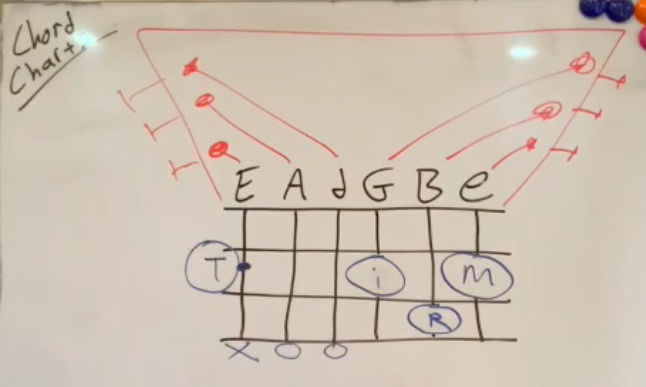
Scale Charts

The Notes on a Guitar
Each string is like a chromatic scale as it moves up the frets.
Technically each string could be tuned to any note.
Lets look at the 5th string (from the bottom aka 2nd to top string) the A-String.
When you pluck the A string open you hear the note A because we tuned it to an A.
Think of the open string as the 0th fret, which for this example is the note A.
Now when we press down on the 1st fret and pick that string, we will hear one note up in the chromatic scale.
The next note up from A in the chromatic scale is A#, so the first fret of the A string will be an A#.
Then the 2nd fret will be the second note of the chromatic scale up from A which is B, and so on and so on.
Each string acts the same way. For example your top string is tuned to an E, so the 1st fret is F (because there's no E#) and the 2nd fret is F#.
The 12th fret on the guitar is the only fret that has the two dots instead of one. That is because it's an octave higher of each open string.
Since there are 12 notes in the chromatic scale, once we go up 12 frets we get back to the same note as the open string.
Here is an example of the A string and the notes associated with the frets of the A strign.
| Open string / 0th fret | 1st fret | 2nd | 3rd | 4th | 5th | 6th | 7th | 8th | 9th | 10th | 11th | 12th | 13th | nth... |
| A | A# | B | C | C# | D | D# | E | F | F# | G | G# | A | A# | N... |
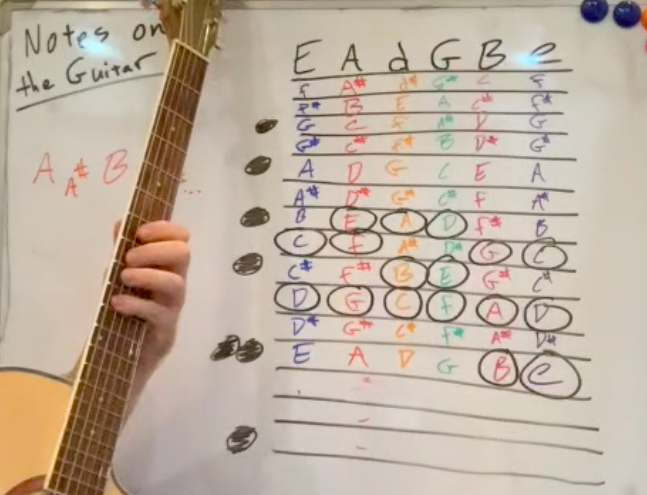
The G Major Pentatonic Scale
Below is the regular 7 note G Major scale.
| G | A | B | C | D | E | F# |
| 1 | 2 | 3 | 4 | 5 | 6 | 7 |
To turn that into the G Major Pentatonic Scale, you eliminate / skip / just don't play the 4th and 7th notes.
| G | A | B | X | D | E | X |
| 1 | 2 | 3 | 4 | 5 | 6 | 7 |
That will give you the G Pentatonic Scale:
| G | A | B | D | E |
| 1 | 2 | 3 | 4 | 5 |

The C Major Pentatonic Scale
Theory
C Major scale:
C Major scale:
| C | D | E | F | G | A | B |
| 1 | 2 | 3 | 4 | 5 | 6 | 7 |
Don't play the 4th and 7th notes:
| C | D | E | X | G | A | X |
| 1 | 2 | 3 | 4 | 5 | 6 | 7 |
C Major Pentatonic Scale:
| C | D | E | G | A |
| 1 | 2 | 3 | 4 | 5 |
"Walking" the scale
- Going up in pitch (index to pinky) or (index to ring)
- Keep the index finger down and add the next finger
- 2 things happen at the same time
- You pick the string (index) and
- Simultaneously add your other finger (ring/pinky)
- When changing strings (pinky/ring to index)
- Three things happen at the same time
- You pick the string
- You lift the pinky (or ring finger) and
- Add the index finger
- When going down in pitch (Start with both fingers down)
- Pick the string with your pinky/ring finger down
- Next note: Pinky/ring to index
- You pick the string (where your pinky/ring is down) and
- Simultaneously take the pinky/ring off
- When changing strings (index to pinky/ring)
- Three things happen at the same time
- You pick the string
- You drop the pinky/ring finger and
- Lift the index finger
Practice walking the scale on beat.

Wrist Positioning
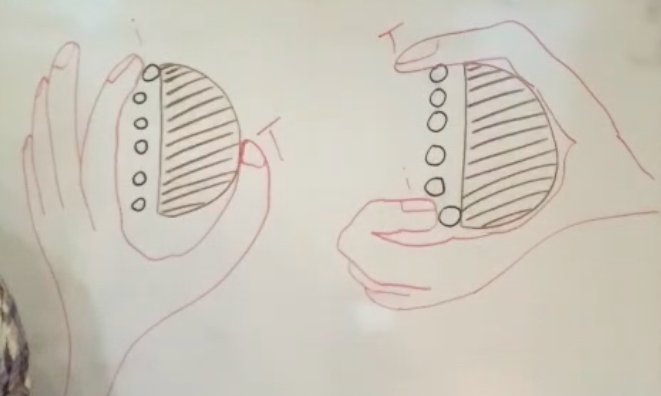
Understanding Scale Theory Preview
A Note:
A note is just a single tone.
It's not happy or sad.
An example of a single tone / note is one pluck of a guitar string or one tap of a piano key.
The 12 Notes of Music:
There are only 12 total notes in all of music.
There are tones in between those notes but we don't use them.
This will make more sense after we learn about frequencies.
Each of the 12 notes has multiple octaves though.
So, there's as many octaves of the note A as high and low as you can hear.
A maximum of around 10 octaves.
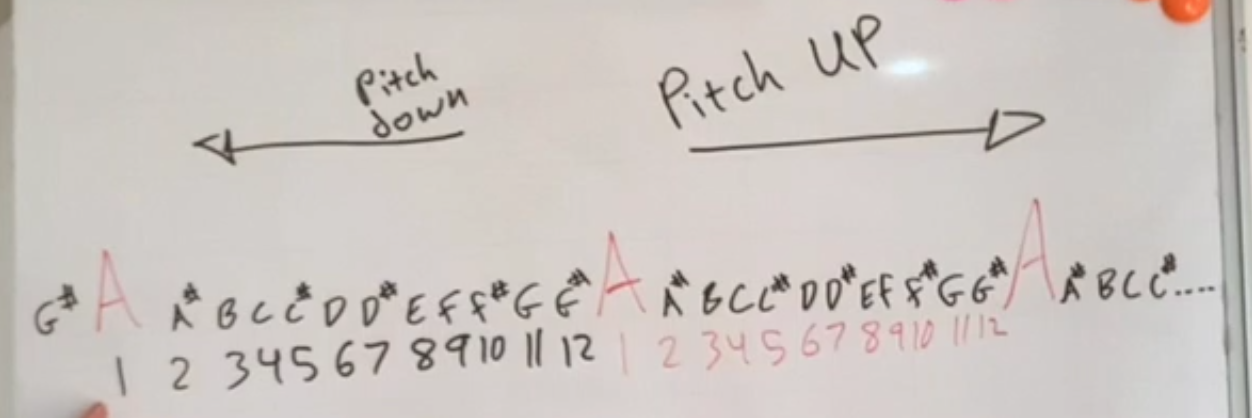
Natural Notes:
Natural notes are the first 7 letters of the alphabet.
On a piano they are the white keys.
A B C D E F G
